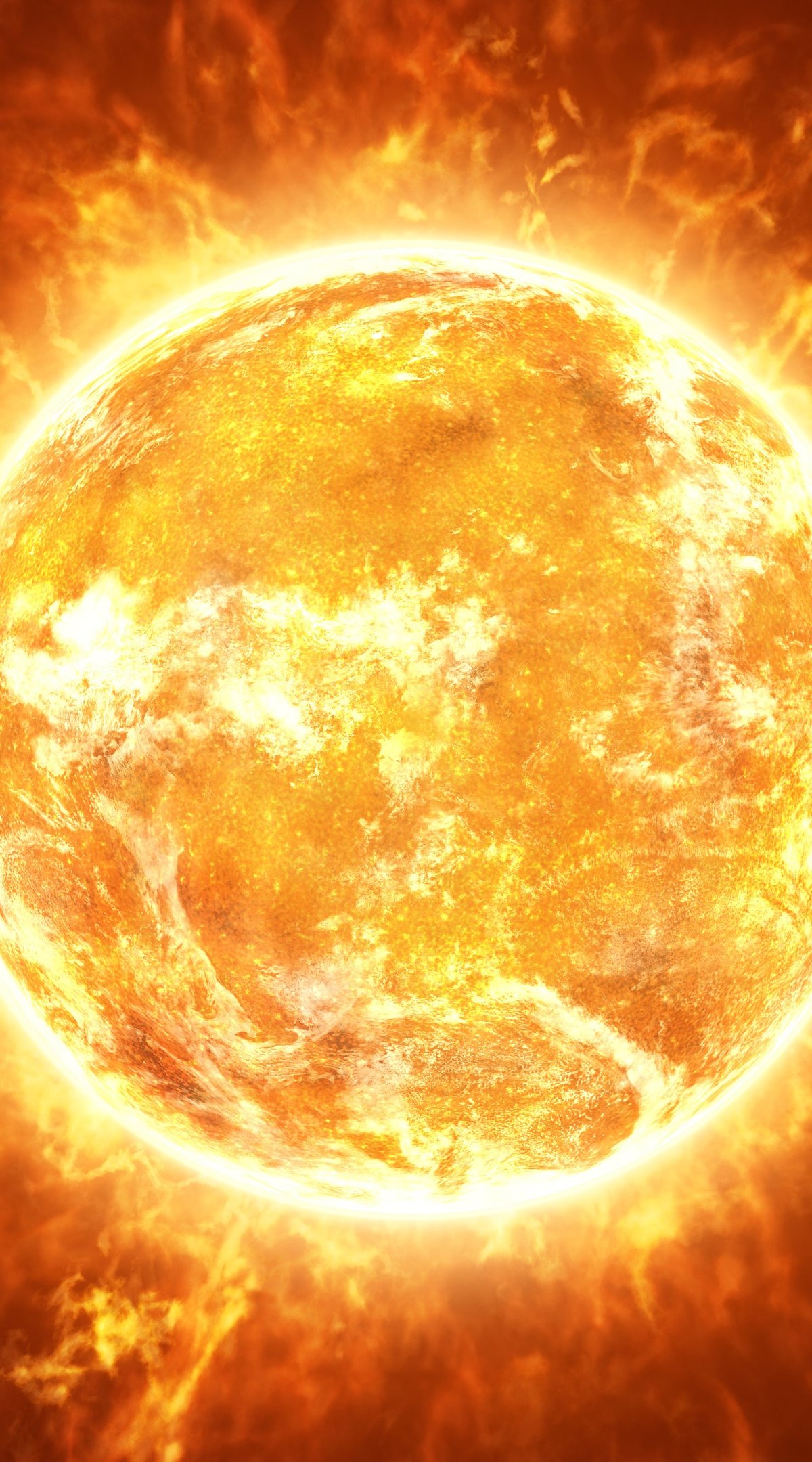The solar cycle, also known as the Schwabe cycle, is a pattern of solar activity that occurs every 11 years. In the final years of this period, the star reaches solar maximum, which can lead to large coronal mass ejections and sunspots.. The consequences of this phenomenon could be very severe for the Earth; According to experts, there is a possibility that maximum solar energy could even cause an outage across the internet between 2024 and 2025.
This period is called the Schwabe cycle in memory of German astronomer Samuel Heinrich Schwabe, who proposed this model after observations of the solar surface in 1838. Science still doesn’t know exactly why the Sun goes through this cycle approximately every 11 years, but a new study proposes a hypothesis that could solve the mystery.
A group of researchers from the German Helmholtz-Zentrum Dresden-Rossendorf laboratory (HZDR) and the University of Latvia It states that these phases of the main cosmic object in the Solar System may be governed by the gravitational influence of the planets..
In a paper published in the scientific journal Solar Physics, scientists present a theory known as the ‘planet hypothesis’, suggesting that the tides produced by the gravity of the planets in the Solar System are responsible for the solar cycle. Theoretically, this effect could cause an eddy current on the Sun and consequently affect the star’s magnetism. this effect is known as Rossby waves.
In other words, planets can directly influence the appearance of sunspots and coronal mass ejections.
“You can think of it like a giant dynamo. Although this solar dynamo on its own produces an activity cycle of about 11 years, the influence of the planets then interferes with the functioning of this dynamo, pushing it a little over and over again, and Dr. Frank Stefani of HZDR said in an official statement : “Thus, we challenge the Sun’s unusually stable rhythm of 11.07 years.”
Currently, astronomers know that solar activity occurs due to the change in the Sun’s magnetic field, which at some point increases solar activity and reverses its polarity. To date, many scientists have tried to explain the reason for this pattern, but there is still no official explanation fully accepted by the scientific community.
What is the planet hypothesis?
According to scientists in the new research, Just as the Moon and Sun help create tides on Earth, planets may be responsible for the same process on the star. So does this really make sense?
The article points out that the alignments of Jupiter, Venus, and Earth can directly affect the Sun’s 11-year period, specifically year 11.07. In addition to clarifying the Schwabe cycle, Stefani explains that the gravitational influence of the planets’ tides can also shed light on the longest and shortest cycles of the largest star in the Solar System.
The article also states: Planetary influences could create a solar cycle lasting 193 years, but since we don’t observe solar activity for that long, There is no way to verify the theory. In fact, the authors state that this information can only be confirmed with more data.
“This could be of great benefit to current attempts to measure the past and future long-term impact of solar activity on Earth’s space environment, atmosphere and climate. In short, what we have here is at least to some extent testable by a hypothetical illustrative physical scenario.” What is supported is conformity to observations that do not match any existing explanatory framework. Everything may go wrong in the end, but this is definitely not astrology,” the study concludes.
It is important to emphasize that most scientists disagree with the ‘planet hypothesis’; There are those who say that it is much closer to astrology than real science. Stefani notes that the study is inconclusive as more data needs to be collected to conclusively confirm the information.
Did you like the content? So, stay updated with more curiosities about astronomy at TecMundo. If you wish, enjoy understanding how powerful gravitational waves are.
Source: Tec Mundo
I’m Blaine Morgan, an experienced journalist and writer with over 8 years of experience in the tech industry. My expertise lies in writing about technology news and trends, covering everything from cutting-edge gadgets to emerging software developments. I’ve written for several leading publications including Gadget Onus where I am an author.












